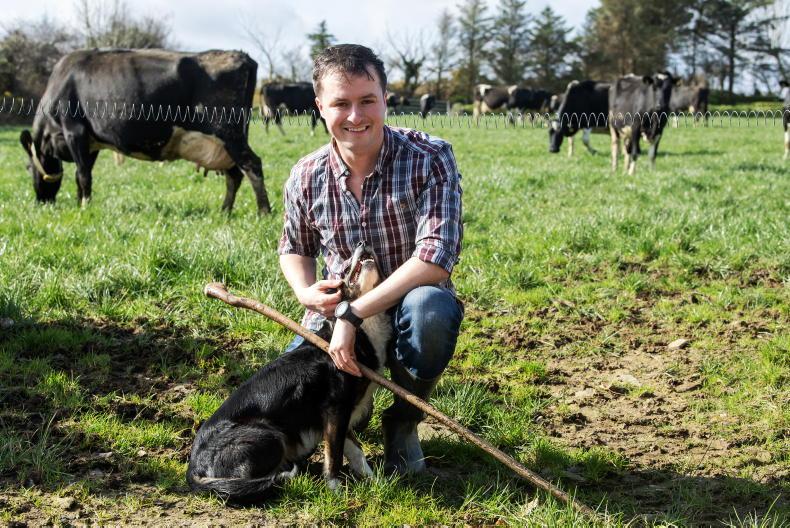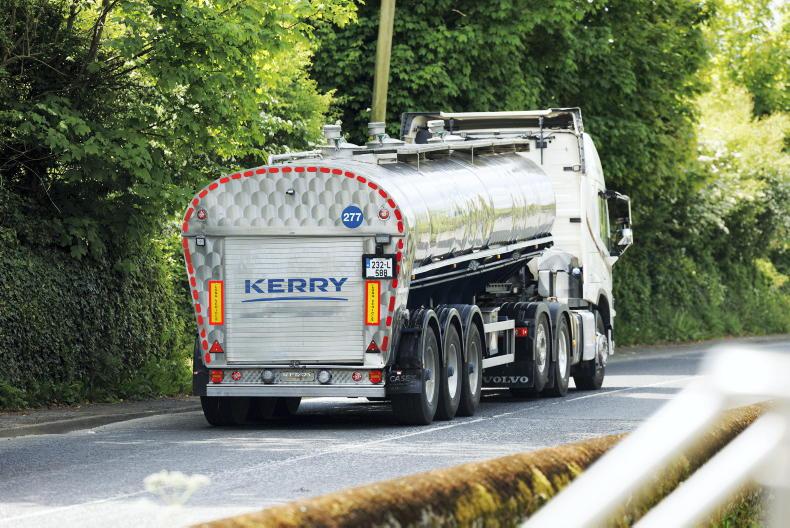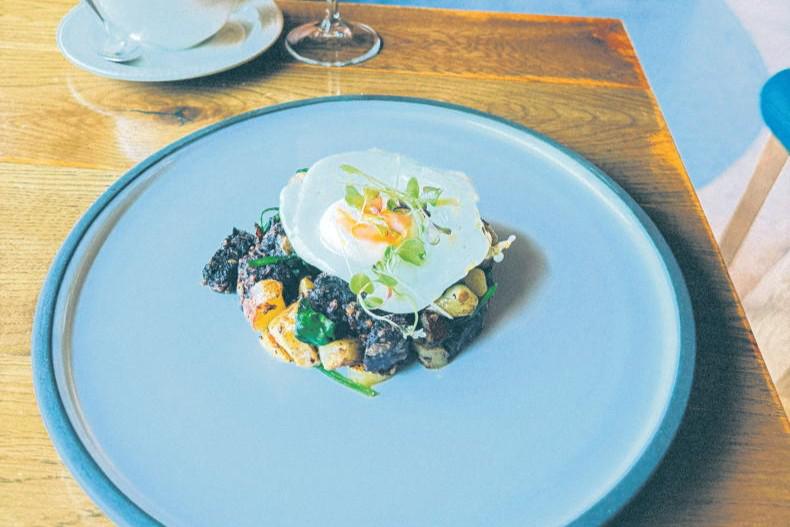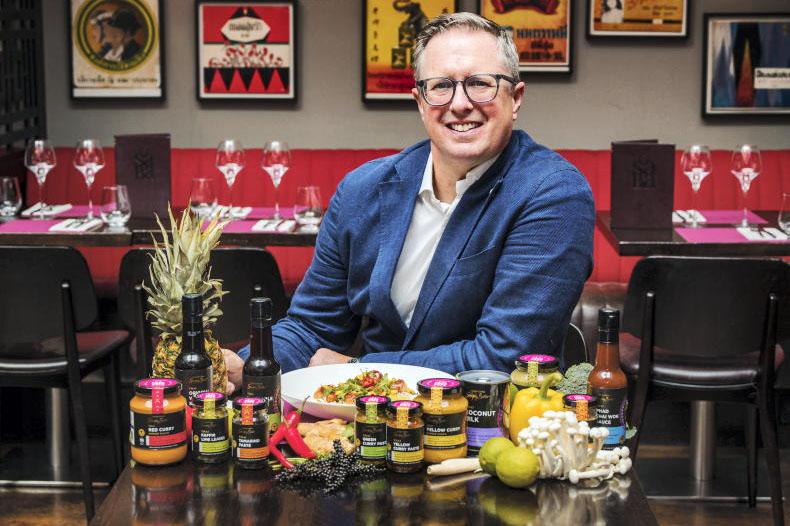I found a tomato in the bottom of the fridge this morning. My first thought was, “It’s probably a valuable food, with the current shortage.” My second thought was “I need to figure out how long it has been here.”
I don’t buy tomatoes once the Irish season is over, so I knew it had been bought by my daughter. She hasn’t been here for a month, yet the tomato is still as firm, as red and - I have no doubt - still as tasteless as it was when she bought it.
I know how lucky I am to have the space to grow tomatoes every year. As I type this, there are trays of little seedlings all around which will give me tomatoes in June. Until then, I will wait until Irish tomatoes are on our shelves with their lovely fresh smell and taste. I recognise that I don’t live with a family member who likes tomato sandwiches every day, nor am I racing around the supermarket between work and the school run (so, if tomatoes are quick and easy for a salad, in the basket they go). But maybe, when Irish produce is in season, we could look for it and ask for it as it sits on shelves while competing with imports.
We grew organic vegetables on a commercial basis for a number of years, so I would be very familiar with what’s in season. Two years ago, I decided to consciously eat Irish fruit and vegetables. My own garden made this relatively easy during the summer months. I also have a large freezer, so I can freeze the extra tomatoes, peas, beans (and other veggies) to eat during the winter. My plot alone wouldn’t keep me in fresh fruit and vegetables, so I’m always on the lookout for opportunities to buy Irish.
Blueberries
During the summer, I saw a tweet from an Irish blueberry grower. I immediately contacted them and arranged to pick up 5kg of fabulous organic blueberries, grown in Clare. They freeze beautifully and just yesterday morning I had a bowl with yogurt for breakfast. I know of Irish blueberry growers who have gone out of business as they can’t compete with the imported berries. I’m no economist, but how can we import blueberries from Peru, South Africa, Belgium, Portugal and The Netherlands and sell them for less than berries grown in Clare?
I’m also not a nutritionist, but surely blueberries grown locally are fresher – and contain more nutrients being picked closer to peak ripeness - than those flown half way around the world.
There are lovely Irish apples available at the moment, but priority space - in most supermarkets - is for imported apples from France, Italy and New Zealand. Clever marketing by the New Zealand growers means that many - including my own children, years ago - only wanted to eat one variety of apple (can anyone tell me which one?). I have no doubt they would have turned their noses up at others without even tasting them.
With the ever-increasing cost of transport, how long will it be viable to fly apples in to Ireland? Maybe it’s time we marketed Irish apples the same way as they did in New Zealand, so children ask for them.
Challenging
Our vegetable growers work really hard, in often-challenging conditions, and like all farmers they are feeling the impact of increased costs. Supermarkets have special offers with fruit and veg at 49c. It costs a lot more than 49c to grow the items - so who is losing out? As consumers, we love the special offers, but what will happen when our growers go out of business and we are totally reliant on imports?
I’m not suggesting everyone has the time or income to search for Irish goods and pay a little extra, but perhaps we could all be a little more conscious. Ask our supermarkets to stock Irish produce, check out local farmers markets and look into the many growers selling veg boxes online. Maybe this is also the year you start to grow a few things, yourself - but that’s another column.
Read more
Margaret Leahy: music is a universal language
Margaret Leahy: If you could turn back the clock, would you do it?
I found a tomato in the bottom of the fridge this morning. My first thought was, “It’s probably a valuable food, with the current shortage.” My second thought was “I need to figure out how long it has been here.”
I don’t buy tomatoes once the Irish season is over, so I knew it had been bought by my daughter. She hasn’t been here for a month, yet the tomato is still as firm, as red and - I have no doubt - still as tasteless as it was when she bought it.
I know how lucky I am to have the space to grow tomatoes every year. As I type this, there are trays of little seedlings all around which will give me tomatoes in June. Until then, I will wait until Irish tomatoes are on our shelves with their lovely fresh smell and taste. I recognise that I don’t live with a family member who likes tomato sandwiches every day, nor am I racing around the supermarket between work and the school run (so, if tomatoes are quick and easy for a salad, in the basket they go). But maybe, when Irish produce is in season, we could look for it and ask for it as it sits on shelves while competing with imports.
We grew organic vegetables on a commercial basis for a number of years, so I would be very familiar with what’s in season. Two years ago, I decided to consciously eat Irish fruit and vegetables. My own garden made this relatively easy during the summer months. I also have a large freezer, so I can freeze the extra tomatoes, peas, beans (and other veggies) to eat during the winter. My plot alone wouldn’t keep me in fresh fruit and vegetables, so I’m always on the lookout for opportunities to buy Irish.
Blueberries
During the summer, I saw a tweet from an Irish blueberry grower. I immediately contacted them and arranged to pick up 5kg of fabulous organic blueberries, grown in Clare. They freeze beautifully and just yesterday morning I had a bowl with yogurt for breakfast. I know of Irish blueberry growers who have gone out of business as they can’t compete with the imported berries. I’m no economist, but how can we import blueberries from Peru, South Africa, Belgium, Portugal and The Netherlands and sell them for less than berries grown in Clare?
I’m also not a nutritionist, but surely blueberries grown locally are fresher – and contain more nutrients being picked closer to peak ripeness - than those flown half way around the world.
There are lovely Irish apples available at the moment, but priority space - in most supermarkets - is for imported apples from France, Italy and New Zealand. Clever marketing by the New Zealand growers means that many - including my own children, years ago - only wanted to eat one variety of apple (can anyone tell me which one?). I have no doubt they would have turned their noses up at others without even tasting them.
With the ever-increasing cost of transport, how long will it be viable to fly apples in to Ireland? Maybe it’s time we marketed Irish apples the same way as they did in New Zealand, so children ask for them.
Challenging
Our vegetable growers work really hard, in often-challenging conditions, and like all farmers they are feeling the impact of increased costs. Supermarkets have special offers with fruit and veg at 49c. It costs a lot more than 49c to grow the items - so who is losing out? As consumers, we love the special offers, but what will happen when our growers go out of business and we are totally reliant on imports?
I’m not suggesting everyone has the time or income to search for Irish goods and pay a little extra, but perhaps we could all be a little more conscious. Ask our supermarkets to stock Irish produce, check out local farmers markets and look into the many growers selling veg boxes online. Maybe this is also the year you start to grow a few things, yourself - but that’s another column.
Read more
Margaret Leahy: music is a universal language
Margaret Leahy: If you could turn back the clock, would you do it?









SHARING OPTIONS